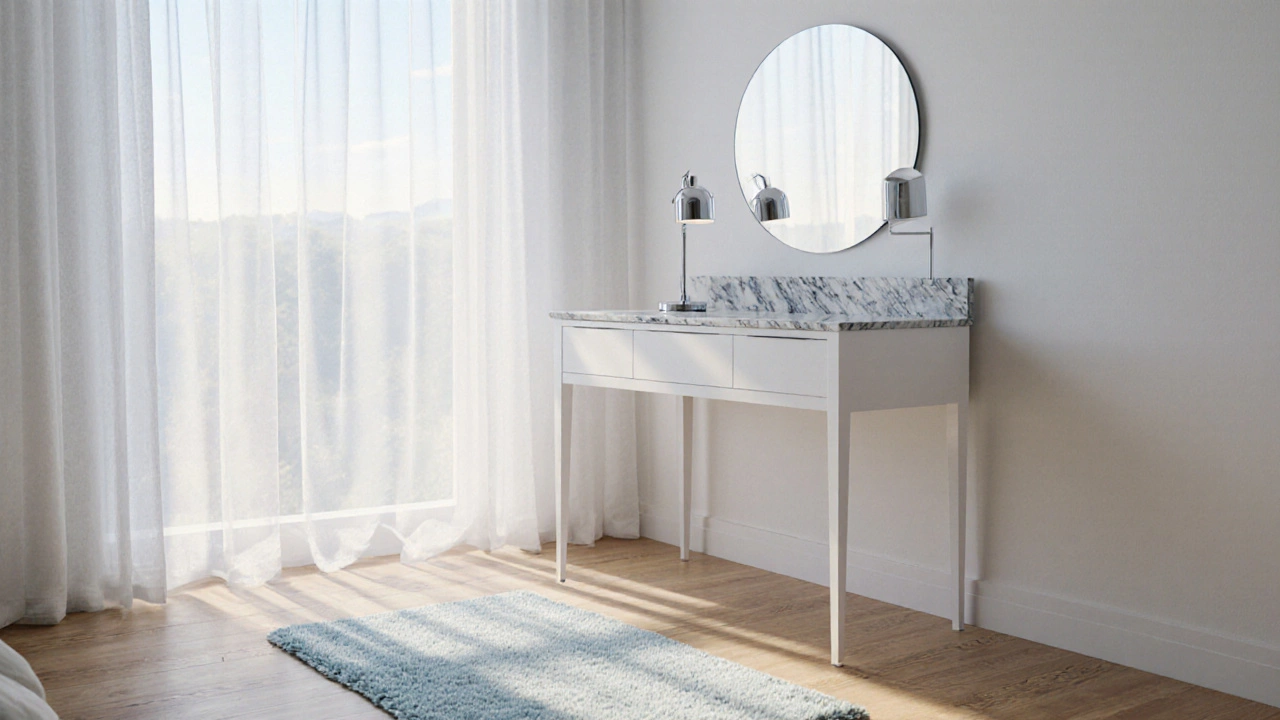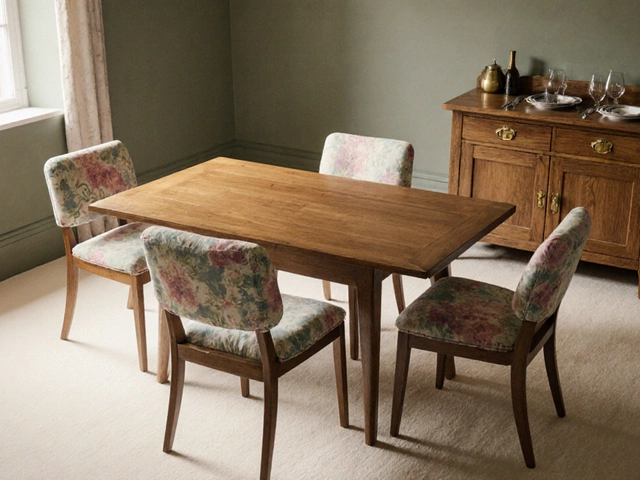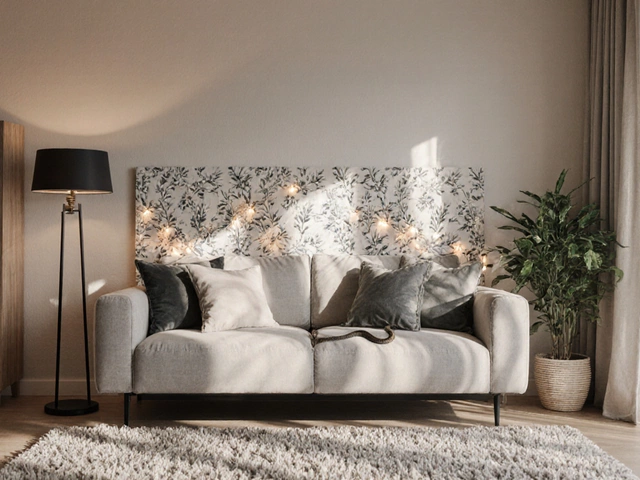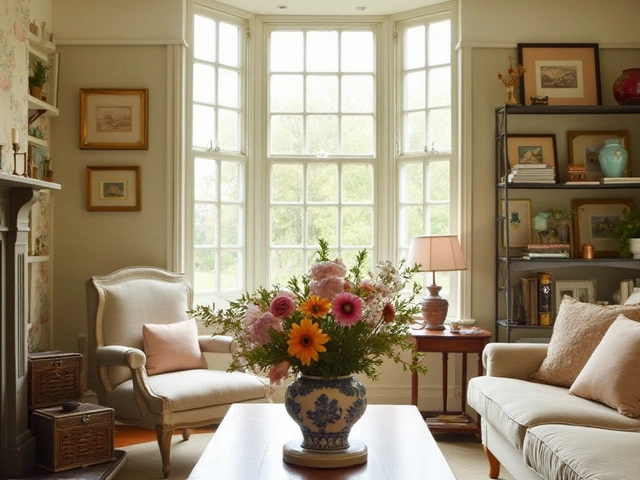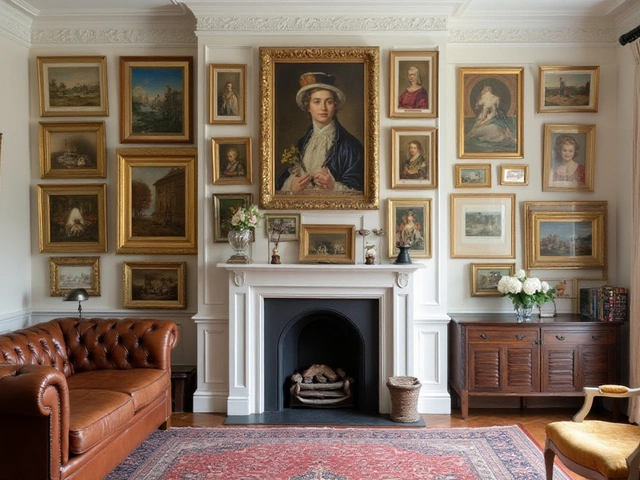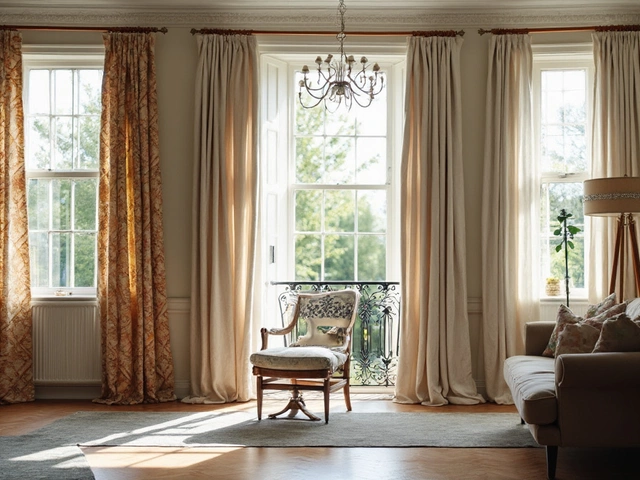Bedroom Design: Practical Ideas for a Restful Space
When planning Bedroom Design, the art of shaping a sleeping space that feels both functional and restful. Also known as sleeping room styling, it sets the tone for how you unwind each night. You’ll also consider nightstand, a bedside table that holds lamps, books, and personal items, lighting, layered light sources that affect mood and utility, storage, built‑in or free‑standing solutions for clothing and accessories, and curtains, window treatments that control light, privacy, and style. These elements work together to make a bedroom both beautiful and livable.
First off, layout matters. A well‑thought‑out floor plan decides how easily you move around and where each piece lives. Keep the bed away from high‑traffic pathways to avoid bumps at night, and position it so you can see the door—a subtle safety boost. When you add storage, think vertical: tall wardrobes or floor‑to‑ceiling shelving use space efficiently and reduce floor clutter. This ties into the semantic triple "Bedroom design encompasses storage solutions" and "Bedroom design requires proper lighting" – the two go hand‑in‑hand.
Colour choices set the emotional backdrop. Soft, muted hues like warm greys, gentle blues, or earthy greens create a calming vibe, while an accent wall in a deeper shade adds personality without overwhelming the senses. Pair a calm base with textured fabrics—think linen bedding or a plush rug—to add depth. The right colour palette also influences lighting; warmer walls reflect light differently than cooler tones, which is why "Lighting influences bedroom ambience" becomes a useful guiding principle.
Storage is often the biggest challenge, especially in smaller rooms. Built‑in wardrobes with sliding doors save space, while modular cube systems let you rearrange as needs change. For a DIY twist, repurpose wooden crates into a bedside shelf or install floating shelves above the bed for books and decor. Remember to keep frequently used items at eye level for easy access—this aligns with the triple "Effective storage improves bedroom function".
Lighting in a bedroom is more than a single ceiling fixture. Aim for three layers: ambient light for overall illumination, task light for reading or dressing (usually a bedside lamp), and accent light to highlight artwork or architectural features. Choose bulbs with a colour temperature around 2700–3000 K for a warm, cozy feel. Dimmers give you control, letting the room shift from bright morning energy to a soft evening glow. The relationship "Proper lighting enhances sleep quality" is backed by many sleep experts, and it’s a quick win for any redesign.
Speaking of bedside lamps, the height of your nightstand matters. Ideally, the top of the nightstand should be within an inch or two of the mattress surface so you can easily reach a lamp or alarm clock without straining. If the nightstand is too low, you’ll find yourself bending over; too high, and you’ll knock items over. This practical tip mirrors the insight from our "Nightstand Height" guide and fulfills the triple "Nightstand height influences bedroom comfort".
Curtains do more than hide the view. Their length, fabric, and hardware affect both style and function. For a luxe look, hang curtains a few inches above the window frame and let them fall to the floor; this creates the illusion of taller ceilings. If privacy is a priority, consider blackout fabrics that also help with temperature control. Light‑filtering sheers layered behind block curtains let you diffuse morning light while maintaining privacy. The connection "Curtains affect lighting and privacy" helps you choose the right treatment for your needs.
Flooring ties the room together. Hardwood or engineered wood adds warmth, while a plush rug under the bed offers softness underfoot and defines the sleeping zone. If you have carpet, consider a low‑pile option that’s easy to clean and works well with under‑bed storage boxes. The right floor finish also reflects your lighting choices, completing the visual harmony of the space.
All these pieces—layout, colour, storage, lighting, nightstands, curtains, and flooring—form a cohesive strategy for a successful bedroom design. Below you’ll find a curated collection of articles that dive deeper into each of these topics, from nightstand height guidelines to lighting tricks, storage hacks, and curtain‑hanging tips. Use them as a toolbox to personalize your bedroom and turn it into a space that truly supports rest and rejuvenation.

